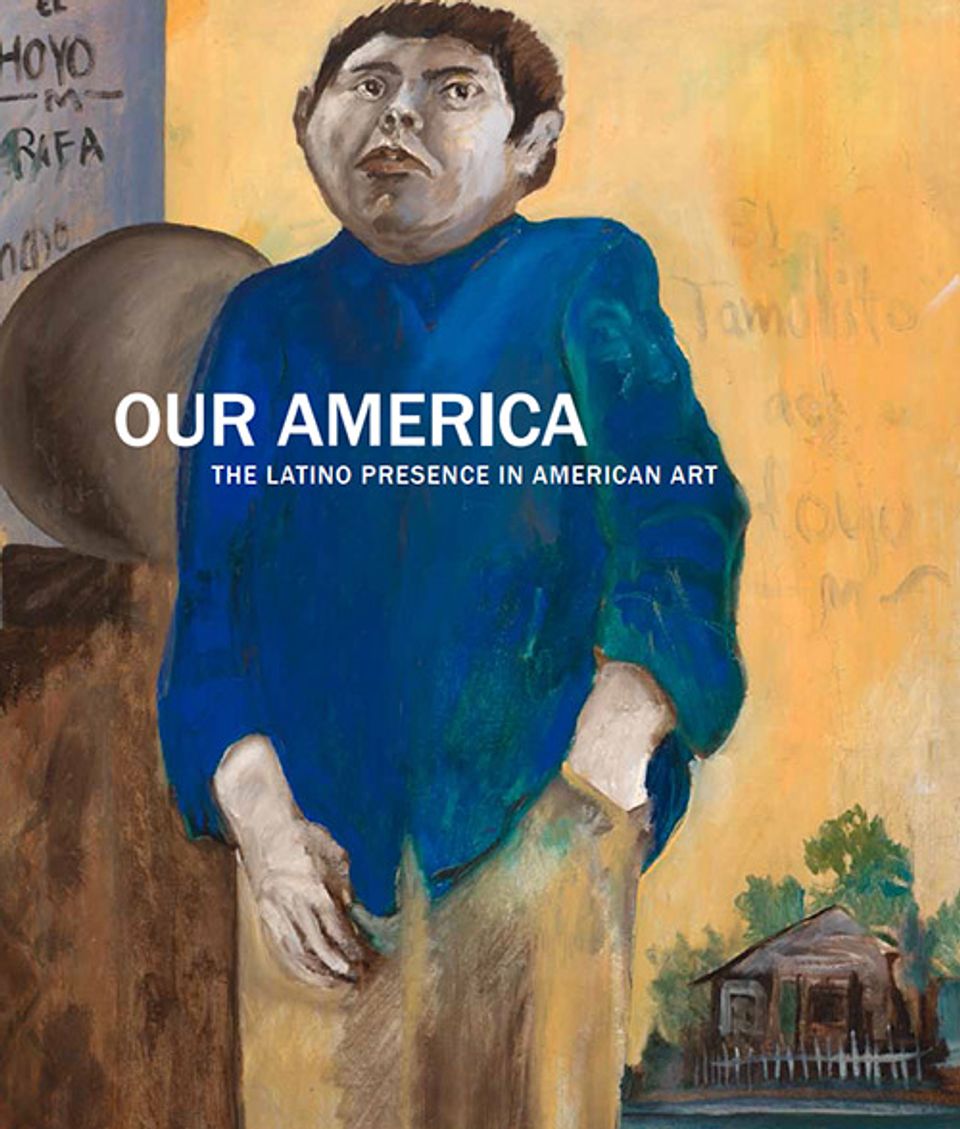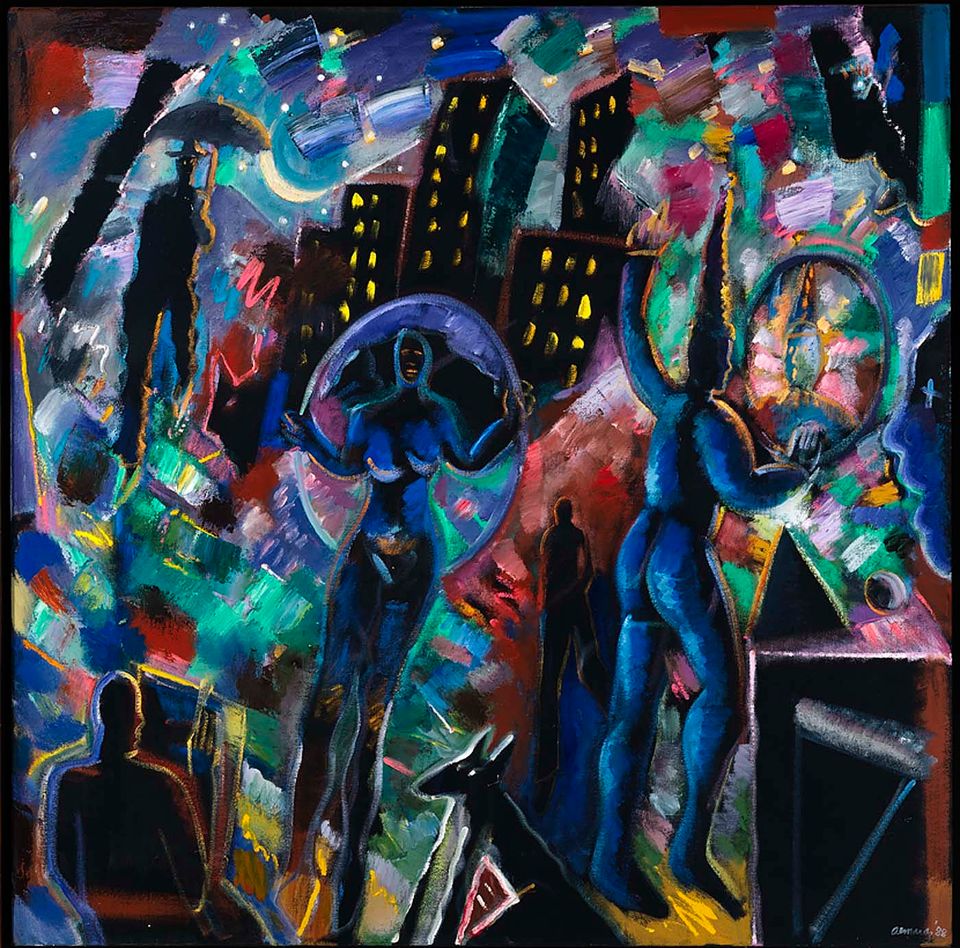Artwork Details
- Title
- Blanco y Verde
- Artist
- Date
- 1960
- Location
- Dimensions
- overall: 48 x 96 in. (121.9 x 243.8 cm)
- Copyright
- © 1960 Carmen Herrera
- Credit Line
- Museum purchase through the Luisita L. and Franz H. Denghausen Endowment
- Mediums
- Mediums Description
- acrylic on canvas
- Classifications
- Highlights
- Subjects
- Abstract — geometric
- Object Number
- 2011.27A-B
Artwork Description
As a woman and a Cuban immigrant, Herrera faced hurdles gaining recognition within the US art world. After decades of creating her highly refined, minimal paintings, she began attracting public acclaim in the 1990s. She continued working until near the end of her life at age 106. "I believe that I will always be in awe of the straight line," she said, "its beauty is what keeps me painting."
Herrera, quien partió de su Cuba natal hacia Nueva York en 1939, es conocida por sus nítidos lienzos geométricos producidos durante y después de una productiva estadía de cinco años en París (1948−1953). Aunque Herrera se sentía excluida del ámbito del arte comercial, interactuó con sus colegas, los artistas estadounidenses Barnett Newman y Leon Polk Smith, que también estaban creando obras geométricas. En Blanco y Verde, Herrera construyó una serie de puntos de presión donde la punta de los triángulos verdes toca los bordes de las telas, topándose entre sí hasta crear una forma triangular aun mayor que abre el espacio pictórico. El resultado es una obra dinámica que invita a los espectadores a descifrar las relaciones cambiantes entre color y forma.
Nuestra América: la presencia latina en el arte estadounidense, 2013
Videos
Related Books
Exhibitions
Related Posts



















